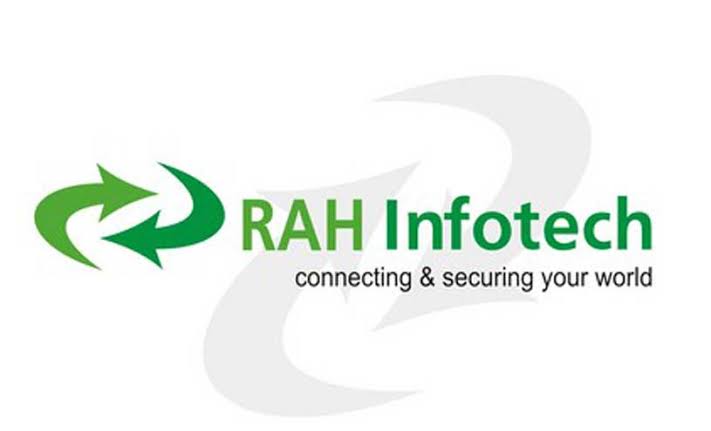By Ashok Kumar, Founder and Managing Director at RAH Infotech

The technology landscape has changed tremendously in the past few years. As digital transformation has taken center stage, it has made space for newer technologies to emerge. Most of these technologies are disruptive. But the foundation of it all is data. As organizations have realised the power of data, they are developing and relying on technologies that help utilize this data for their benefit. But with the rise in technology, data consumption and generation, the cybersecurity landscape will also undergo many changes. The increasing threats against verticals and their data showcase how important it is to fight them. This is where an understanding of emerging trends will help companies focus on what needs to be done.
Here’s a list of trends that will shape businesses:
The need and usage of multi-factor authentication will increase
It is the need of the hour to make sure who has access to the data and how well can it be secured. The hackers will continue to utilise compromised credentials to force their way into networks. Multi-factor authentication will be encouraged to maintain and secure the data added with the identity management of users across the business. This would be for those who deal with end users with multiple passwords. GitHub, for example, stated that it would demand at least two-factor authentication for its community members in the new year, and more businesses are expected to follow this and other examples.
Top priority will be IoT cybersecurity
IoT has moved at a very fast pace into the daily lives of people and businesses. This has also led to the creation of an attractive attack base for cybercriminals. According to Insider Intelligence, there will likely be 64 billion IoT devices deployed worldwide in the next five years. Machines connected to the internet such as construction tools, medical devices, AI-driven cars and other vehicles, etc. are rich with personal data and at potential risk. The opportunity for attack grows as more devices are connected to the internet. Securing the IoT will also be on top priority this year.
Deepfake videos with the help of Artificial Intelligence (AI) will increase
AI will be extensively used by cybercriminals in 2023. Deepfake videos are already popular on social media, and cybercriminals, knowing this, use them to manipulate information, destroy credibility and pose as reliable sources. According to experts, deepfake technology is currently the most worrying in the use of artificial intelligence, as it can have significant effects on terrorism and cybercrime.
Targeted ransomware is not going to stop
2023 will see increased targeted ransomware attacks. Ransomware campaigns require resources and, therefore, high-impact attacks can be sponsored by terrorists looking to inflict a massive attack on a territory or organisation.
Focus will shift from cloud security to data security
During 2023, business leaders will shift their focus ‘up the stack’ into data movement, provenance, health and governance. This trend will be driven by an increasing focus on data sovereignty and upcoming new data regulations and frameworks.
With the downturn, small businesses will be the target of cyber threats
Organizations of all sizes must invest more in their defences and hire top talent to fight cyber attacks. According to the recent McKinsey survey, the financial damages from cyber threats are expected to exceed $10.5 trillion annually by 2025. The ongoing slowdown will make it difficult for small businesses to invest in cybersecurity allowing cybercriminals to prioritise their targets. The cybersecurity vendor should look at coming up with solutions to help the SMB sector with solutions which will be easier for IT departments to deploy, more intuitive for end users and affordable for businesses of all sizes.









